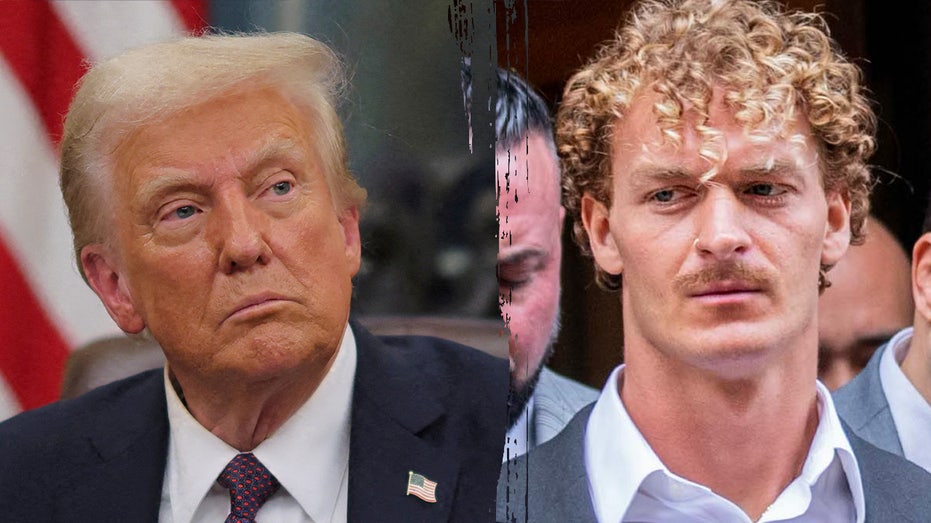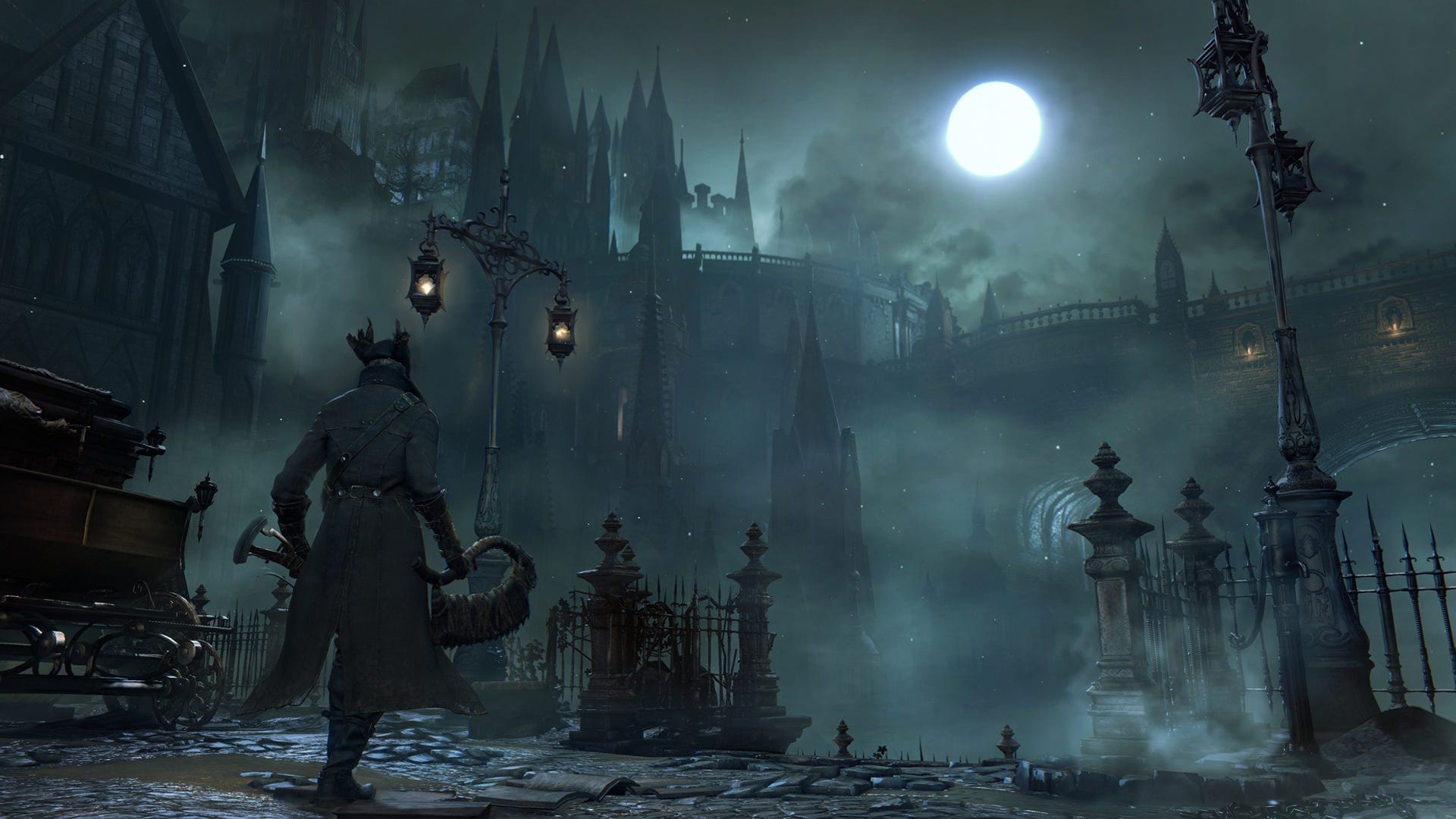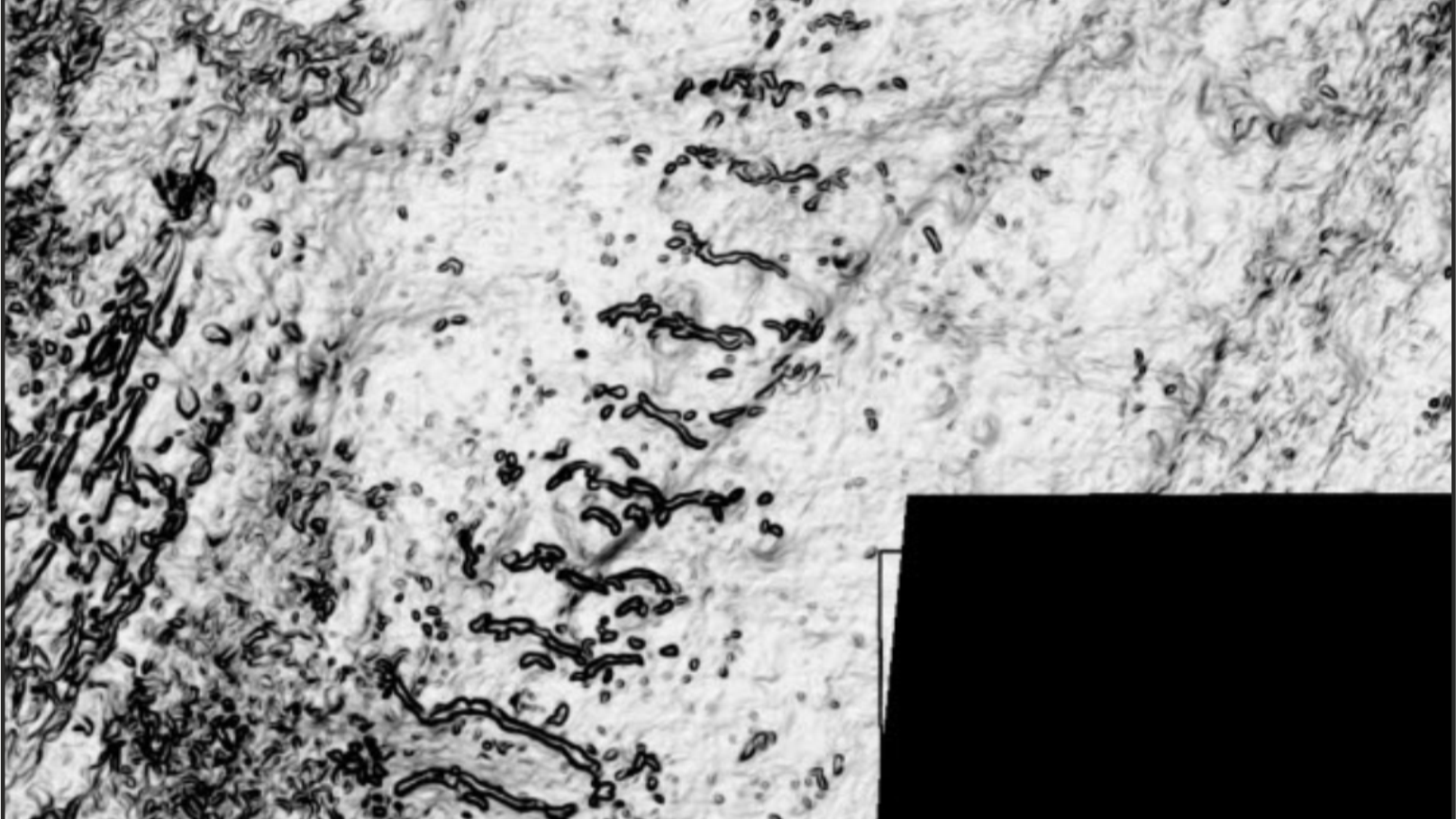Eraserhead and the Lady in the Radiator
In our tribute to the works and worlds of David Lynch, David Jenkins reflects on his most spiritual film. The post Eraserhead and the Lady in the Radiator appeared first on Little White Lies.

Even before he died, it was a ritual among right-minded folk to share videos and memes of the late David Lynch just saying and doing awesome things. Maybe as a way to fill the type giant, gaping, black void that became one of Lynch’s own visual trademarks, the video sharing has ramped up considerably. The last one I received involved Lynch grinning in child-like wonderment as he observes a trio of warbling toy birds, and then he gives them a round of applause when their song finishes. One of the things that’s so strange and appealing about his films is that it’s baffling that some of the most dismal, violent and transgressive images in the history of cinema could spawn from the inner-consciousness of a person for whom kindness, empathy and gorging on pleasure were the rules of the game.
But darkness is only truly discernible when it’s contrasted against a bright light, and where many, many filmmakers – some in thrall to the maestro – don’t really get that, it feels like a core tenet of Lynch’s work. For instance: the nastiness of Frank Booth in Blue Velvet only hits home because you’ve got scenes like the one in which Sandy recalls her vivid, symbolic dream about the joyful return of a flock of robins. This light/dark dichotomy was there right from the off, visible even in the high-contrast monochrome photography of 1977’s still-extraordinary, still-singular, still-batshit-before-batshit-was-even-a-thing, Eraserhead. It’s a story of suicide, jealousy, abuse, humiliation, decapitation, castration, poverty, infanticide, unnecessary surgery and the annihilation of the galaxy. Yet the overwhelming sense of darkness is cut through with moments of sublime tenderness. It’s also a film which, in the most abstract terms possible, assures us that humans have the capacity to find blissful escape within interior worlds; dreams; fantasies; warped expressions of happiness.
Which brings us to the point of this thing: the elusive figure who is referred to as the Lady in the Radiator, as essayed by the actor Laurel Near. She resembles a ’50s comic book rendering of a humanised cloud, with bouffant ice-blond locks and distended cheeks that look like puffy snowballs. She wears a shimmering white satin skirt, and she appears from a small cabaret stage that’s nestled behind the buzzing radiator that’s property of Eraserhead’s central protagonist, Henry Spencer (Jack Nance). During the moments in which he seeks respite from his domestic drudgery, he drifts into reverie and casts his mind towards this Lady. There are two times where he attempts to conjure her, but she does not appear – only on the third, do we see her shuffle across the stage smiling and pouting, with Fats Waller’s big top organ music puttering away in the backdrop.
Her routine is interrupted by falling flesh tubes which almost resemble the male urethra and testes. She dodges them as best she can with her feet, but eventually there are too many and she squashes a couple under her heel, a milk-like substance spewing onto the floor. This may just be a Freudian daydream that manifests Henry’s regret at impregnating his girlfriend Mary (Charlotte Stewart) which leads her to give premature birth to a little alien being who lies on a desk wrapped in gauze and grizzles from dawn to dusk. The Lady returns later and this time she sings a song called ‘In Heaven’ which offers up the repeated refrain, “In Heaven, everything is fine.” Shortly after, Henry physically enters the dream and is spontaneously decapitated (not, we assume, by the Lady). Some have read ‘In Heaven’ as a siren song, in which the Lady is suggesting to Henry that the only way he’ll escape his strange domestic situation is to take his own life.
From itemising the objective facts about the Lady in the Radiator, it would be easy to see her as a malevolent figure. Is she a wolf in cloud’s clothing, coming to Henry through his dreams and joining in the chorus of petty censure? Or is she the lone companion in Henry’s life who tells him what he wants to hear? Who interprets his most repellant thoughts through appealing song and dance? The pink fairy, Glinda the Good, from the Wizard of Oz, is an image that recurs throughout Lynch’s cinema (in the case of Wild at Heart, quite literally). She is presented as a guiding light for those who are lost. Perhaps the Lady is an early iteration of Lynch’s Glinda fetish, having that ethereal apparition who is a paragon of love and nurture.
If we see the Lady as being complicit in Henry’s downfall, then that’s down to our symbolic reading of her actions. But to Henry, she is the only one who understands him, the only one that seems to make sense in this surreal world. If you chose to see her as Lynch’s interpretation of an erotic dream, she is a bringer of bliss, even for just a small moment. She looks like a cloud, but maybe she’s a singing sperm? I think she represents the idea that we are able to channel our pain and suffering into something that gives us instant gratification and pleasure. When we’re at our lowest, we look for someone who understands what we’re going through, even if that person doesn’t exist. When the fog of darkness obscures all corners of Henry’s life, he has no choice but to embrace the light. The Lady in the Radiator is, for me, the vision of ecstasy that helps Henry through the day.
To commemorate the life and creative legacy of the peerless filmmaker David Lynch, Little White Lies has brought together writers and artists who loved him to create ‘In Heaven Everything Is Fine‘: a series celebrating his work. We asked participants to respond to a Lynch project however they saw fit – the results were haunting, profound, and illuminating.
The post Eraserhead and the Lady in the Radiator appeared first on Little White Lies.


















![[DEALS] iScanner App: Lifetime Subscription (79% off) & Other Deals Up To 98% Off – Offers End Soon!](https://www.javacodegeeks.com/wp-content/uploads/2012/12/jcg-logo.jpg)

























































